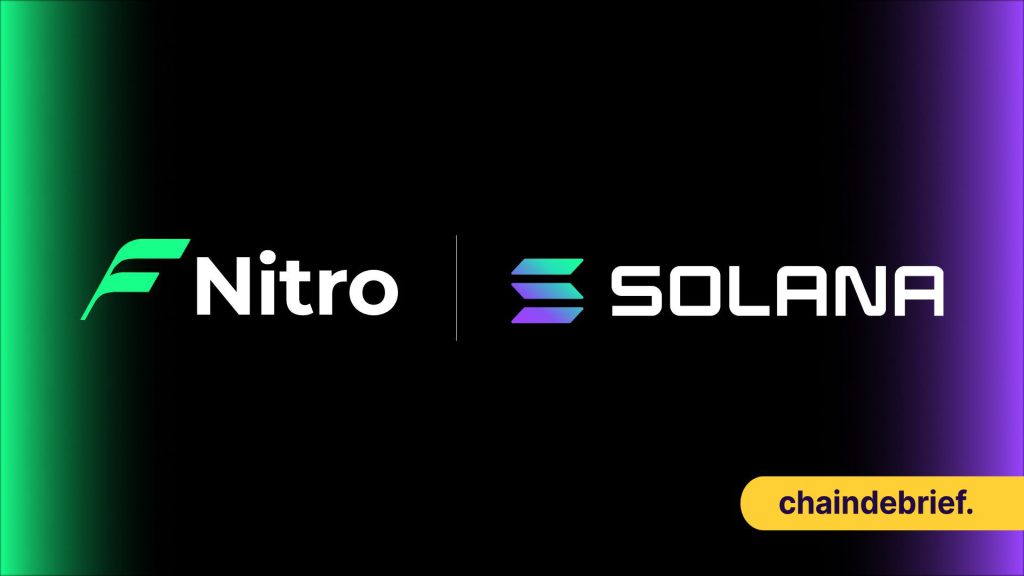“For the longest time, the Ethereum Virtual Machine was the dominating development standard”
Jeff Feng, Sei Co-Founder
The Binance smart chain, Fantom, Avalanche, and most other leading blockchains are all Ethereum Virtual Machine (EVM) compatible.
Solana, on the other hand, is one of the few that chose to start from scratch. This double-edged sword has helped them achieve one of the most “formidable” development communities, and helped $SOL maintain a top 10 spot.
Sei Labs, a recent entry into the space, is looking to solve the problems Solana has with interoperability, allowing it to leverage the Inter-Blockchain Communication Protocol (IBC), to expand into Web3.0.
Also Read: SolanaFM: How These SMU Undergraduates Are Building A Data Source For Everything Solana
The Nitro Scaling Solution
Nitro presents themselves as a “gateway between Solana and Cosmos“.
Cosmos is a framework for building application-specific blockchains, often referred to as a “Layer 0”.
Leading blockchains such as Terra, Cronos, and the Binance Chain are built on Cosmos.
Introducing Nitro 🚦The first Solana scaling solution
— Nitro SVM 🚦 (@Nitro_Labs) September 15, 2022
Nitro is building an L2 for Solana that combines Solana’s powerful execution environment and developer community with the thriving Cosmos and IBC ecosystem
A 🧵 on why Solana DeFi users and developers should be excited 👇 pic.twitter.com/nFhGbGfHN4
“Nitro will feature SVM compatibility that enables developers to easily launch their Solana dApps on Nitro and access the broader Cosmos and IBC ecosystem“
Built on the Defi-optimized Sei Network, Nitro will reportedly allow for sub-second finality and high throughput.
Looking to be the bridge between Cosmos and Solana, it is the first step in making the Sealevel Virtual Machine (SVM) a core development standard like EVM.
Allowing developers to deploy existing smart contracts with no changes, users can seamlessly access these apps with Solana wallets.
At the time of writing, $SOL is trading at $32.98, down 5% intraday.
Also Read: Yoots, The Biggest Solana NFT Project, Is Launching Right Now – Here’s All You Need To Know
[Editor’s Note: This article does not represent financial advice. Please do your own research before investing.]
Featured Image Credit: Chaindebrief



































